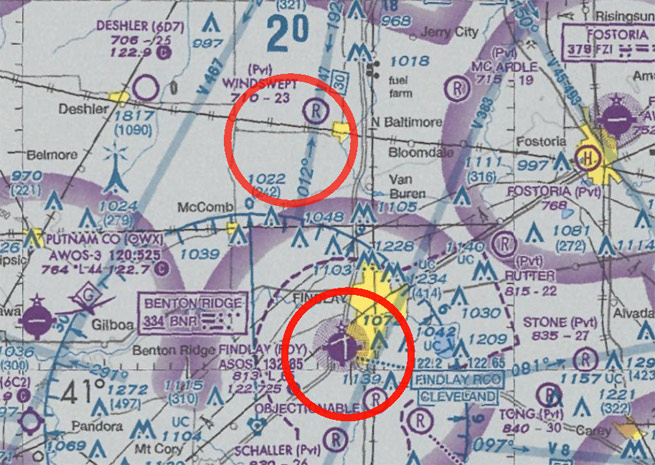
Going online to review the sectional chart before a flight scheduled 48 in advance, you are surprised to see a bold new graphic superimposed over the usual portrayal of the local airspace.
Looking into this mystery, you learn that a temporary flight restriction (TFR) will be in effect two days hence during a VIP visit to the area.
Unfortunately, the TFR will be active during the period when you were planning to work on takeoffs and landings at your home base. Will this scuttle your plans?
The next step is to study the notice to airmen (notam) text that provides details of the TFR, its valid times, and the restrictions applicable in the several areas of airspace described. Of particular interest to you are procedures to be in effect in the outer ring, described as the area between 10 and 33 nautical miles from the central point. That’s the zone in which your home field is situated.
For this recent TFR near Boston, Mass., aircraft operating within the outer ring were "limited to aircraft arriving or departing local airfields, and workload permitting, ATC may authorize transit operations. Aircraft may not loiter. All aircraft must be on an active IFR or VFR flight plan with a discrete code assigned by an air traffic control (ATC) facility. Aircraft must be squawking the discrete code prior to departure and at all times while in the TFR and must remain in two-way radio communications with ATC."
Next followed a list of operations not authorized while the TFR was in effect. Flight training was the first item on the list. Good thing you checked early; now you can reschedule conveniently.
Remember, not every TFR notice provides this much advance warning. Always check early and often for so-called pop-up TFRs (and changes).
Under CFR 91.103 a pilot is obligated to become familiar with "all available information" before a flight. Items such as notams should be provided during your briefing; if not, be sure to inquire.
An important caveat concerns availability of notams already published in the Notice to Airman Publication (NTAP): "Once published, the information is not provided during pilot weather briefings unless specifically requested by the pilot."
Your flight-test examiner may check to see if you are aware of this flight-planning nuance. Tell the examiner that you always ask the briefer for published notams, and that they also can also be reviewed online.



